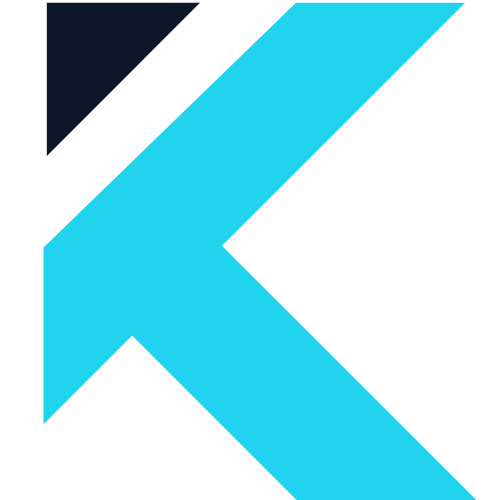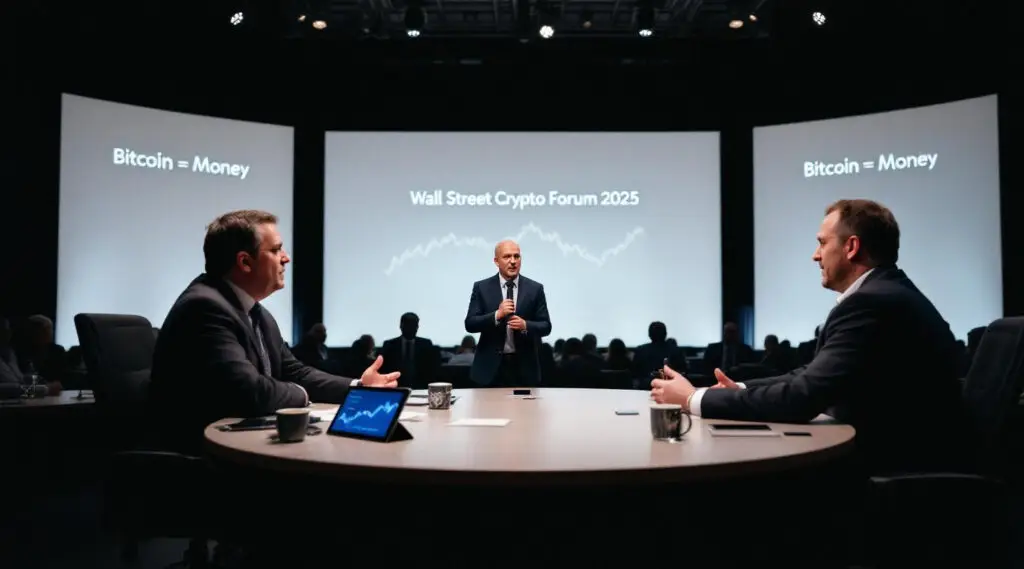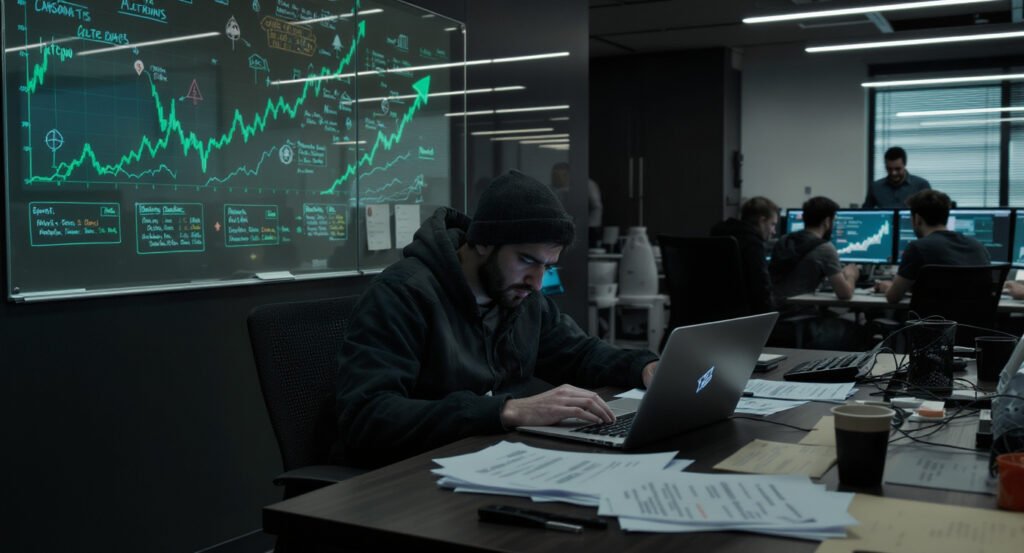Solana’s Ambitious Roadmap for Digital Finance
Solana is embarking on a transformative journey with its ambitious 2025-2027 roadmap, signalling a new era for on-chain finance and global capital markets. This leading blockchain platform is driven by a vision to fundamentally reshape how digital financial services operate worldwide. At the core of this revolution is the Application-Controlled Execution (ACE), a technology poised to deliver efficient decentralisation and foster a more dynamic ecosystem.
Alongside ACE, Solana is rolling out cutting-edge innovations such as the Block Assembly Marketplace (BAM), the dedicated fibre optic network DoubleZero, and the ultra-fast consensus protocol Alpenglow. This strategic combination of advanced technologies aims to significantly enhance the user experience and expand the possibilities for financial integration. Solana’s comprehensive roadmap positions it to become a pivotal infrastructure, powering the next generation of digital financial services across the globe, attracting both users and institutional players alike.
ACE Transforming Capital Markets Through Execution Control
Solana has already established itself as a technological leader in the blockchain industry, recognised for its exceptional ability to process thousands of transactions per second at remarkably low costs. However, its vision for 2025 extends far beyond current capabilities. The network aspires to become the core infrastructure of digital capital markets, aiming to create an ecosystem where decentralisation and operational efficiency are not sacrificed for the sake of speed or scalability.
A fundamental pillar of this ambitious transformation is Application-Controlled Execution (ACE). This innovative model redefines how transactions are processed and smart contracts are executed on the Solana blockchain. ACE grants much more granular and adaptable control over business logic directly on the blockchain, allowing applications to dictate execution parameters. This paradigm shift promises to optimise performance, enhance flexibility, and enable more sophisticated financial instruments and services to operate seamlessly on the network, paving the way for a new era of on-chain capital markets.
BAM Enhancing Decentralisation and Trust in Block Construction
ACE technology aims to optimize blockchain execution and promote decentralisation by distributing control across multiple applications. This prevents power concentration, improving transparency and trustlessness. This is crucial for Decentralized Finance (DeFi) applications, which require high reliability and performance. Solana is launching the Block Assembly Marketplace (BAM) to empower validators and operators, optimizing the block construction process for efficiency and verifiability.
BAM improves transaction speed and reduces costs, benefiting end-users and professional operators. It also fosters trust in the infrastructure by offering an open-source architecture and auditable mechanics. Solana aims to elevate transaction execution standards to levels comparable to centralised exchanges while maintaining the inherent security and disintermediation of a blockchain.
Read More: Solana Versus Ozak AI Millionaire Potential
DoubleZero Ultra-Fast and Secure Network Infrastructure
From a technical perspective, the DoubleZero network plays a critical role in Solana’s 2025-2027 strategy. This dedicated fibre optic network is engineered to provide an ultra-fast and exceptionally secure network infrastructure, directly addressing and overcoming the limitations and latencies inherent in the traditional public Internet. DoubleZero will enable Solana to process transactions with significantly increased throughput and drastically reduce latency, both of which are critical factors for financial applications that demand real-time responses and high availability.
This profound improvement in network speed and reliability will translate into a much smoother and more responsive user experience. It will also facilitate a more effective integration of decentralised financial services into mainstream use, thereby accelerating mass adoption in markets that are highly sensitive to both speed and security. DoubleZero is poised to cement Solana’s reputation as a high-performance blockchain capable of supporting the most demanding financial operations.
Alpenglow Solana’s Disruptive Consensus Innovation
Perhaps the most disruptive innovation slated for implementation in Solana’s 2027 roadmap is the Alpenglow protocol. This represents a radical redesign of the network’s consensus mechanism, promising to revolutionise transaction confirmation times. While Solana’s current mechanism is already efficient, capable of finalising blocks in approximately 12.8 seconds, Alpenglow aims to reduce this time to an astonishing range between 150 and 300 milliseconds. This exponential reduction in latency will make transactions virtually instantaneous, a crucial advancement for Solana to compete directly with, and potentially surpass, traditional financial systems in terms of speed.
Such rapid finality is essential for attracting large transaction volumes from institutional players and high-frequency trading firms. This enhanced speed also significantly impacts overall network security and the user experience, allowing users to interact with decentralised applications (dApps) and financial services on the network without the frustration of prolonged waits. The combination of all these technological developments, along with the collaboration of key ecosystem players such as Jito Labs, DoubleZero, and Multicoin Capital, forms a dynamic and resilient ecosystem aimed at transforming the network into the nerve centre for sophisticated, decentralised capital markets.
Addressing Challenges and Ensuring Operational Stability
While Solana’s architectural design is inherently geared towards high performance, the network has historically faced challenges related to congestion, temporary outages, and the occasional need for restarts to maintain stability. However, the project is in a state of constant evolution, with planned improvements specifically designed to address these vulnerabilities head-on. The implementation of BAM and the DoubleZero infrastructure, for instance, promises not only to significantly increase processing capacity but also to ensure greater operational stability, thereby reducing the risk of future outages.
Furthermore, the drastic latency reduction proposed by Alpenglow is a breakthrough that could eliminate many of the limitations that have, until now, hindered the widespread adoption of on-chain solutions in traditional financial markets. These concerted efforts expand the possibility that Solana will transcend its current role as merely a network for decentralised tokens and applications, becoming instead the technological backbone supporting large financial institutions, complex DeFi protocols, and tokenized economies on a global scale.
Solana’s Promise for a Digital Financial Future
Solana’s comprehensive roadmap, driven by these groundbreaking technological advancements, paints a compelling picture of its promise for the digital future. By offering robust trust mechanisms, enhanced transparency, and a highly resilient infrastructure, the network actively invites developers, operators, and users to participate in building a fairer and more efficient decentralised financial system. This promise is increasingly attracting institutional investors and regulatory actors who are seeking fertile ground for the digital finance of the future.
The roadmap also emphasises creating a continuous cycle of innovation and utility within the Solana ecosystem, ensuring its long-term relevance and growth. Together, these advancements are designed to create a next-generation infrastructure that can cement Solana’s position as one of the leading platforms for the global on-chain economy, opening up unprecedented possibilities for users, developers, and markets in an increasingly digital and interconnected world.



















